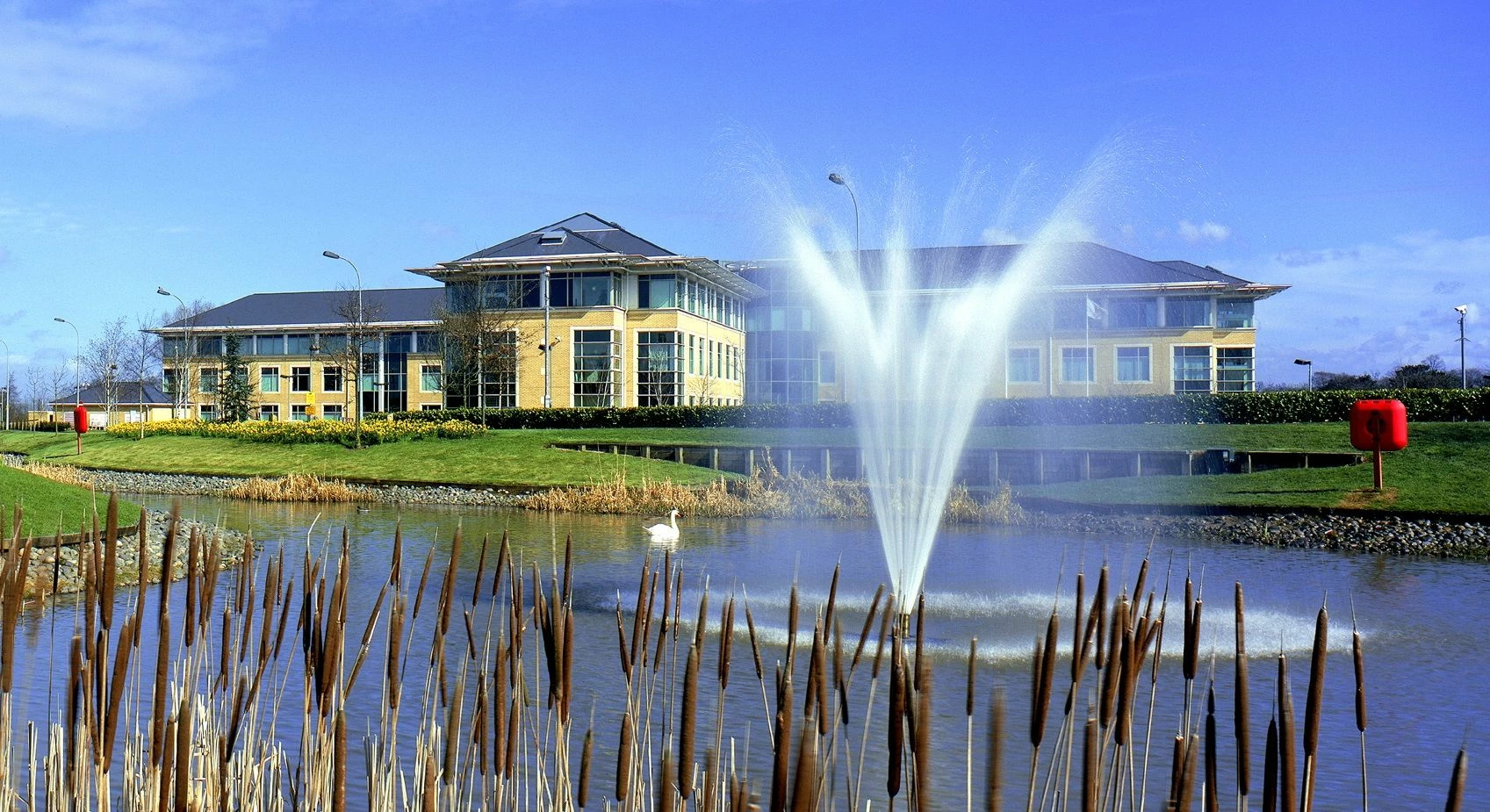
Partner Article
How SMEs can avoid the pitfalls of upgrading their office space
As the economy continues to improve, SMEs are seeking to upgrade and expand their current office facilities in preparation for future growth. With demand increasing for Grade A office space, it’s imperative that business owners familiarise themselves with how to select commercial property and learn what pitfalls to avoid.
Those upgrading their office space for the first time often don’t fully understand relocation costs or how to manage them. Most leases require tenants to restore accommodation to its original condition and configuration. This, in addition to fitting out new space, further increases capital expenditure.
However, these large-scale capital costs can usually be offset by flexible landlords offering rental incentives which can be structured in a variety of ways to reduce cash flow problems. Thus, when assessing the cost of relocation, it’s important for companies to explore this option.
Timing is another key consideration for SMEs who have decided to upgrade. Given the shortage of Grade A office accommodation in many markets, occupiers often don’t give themselves enough time to properly review the property options in their preferred area. Modern, bespoke new build options are often a great solution for expanding companies. However, with insufficient planning, many businesses find themselves forced to consider less efficient, existing buildings that don’t meet their needs.
Starting the process 18 to 24 months before the expiration of a current lease, allows companies enough time to consider modern, bespoke new build offices that would be better suited to their business in the future.
Before searching for office space, it is also a good idea to review the existing lease for break notice periods, which allow a tenant to end the lease on a specific date. Serving an incorrect break notice is a common property pitfall, which can prevent businesses from exiting their existing lease liability and force them to remain in unsuitable accommodation. Furthermore, failure to effectively exercise a break can potentially lead to double occupational costs if the business has already committed to new space.
Finally, as most SMEs upgrade their facilities to make room for additional staff, it’s important to consider how the environment and location of a new space will impact the ability to attract or retain high-quality employees. Whether a property has good transportation links, is near a readily-available pool of qualified candidates and provides key amenities such as shopping, fitness or entertainment facilities, can all affect a company’s recruitment efforts – a key factor when selecting a new office location.
Although there are a variety of factors to consider, business owners who seek the advice of commercial property experts and familiarise themselves with the process will find it easier to navigate the market and acquire a space that fits their business needs.
Greg Ball works with Muse Developments and is Development Surveyor at Cheadle Royal Business Park in South Manchester.
This was posted in Bdaily's Members' News section by Greg Ball .








 A year of resilience, growth and collaboration
A year of resilience, growth and collaboration
 Apprenticeships: Lower standards risk safety
Apprenticeships: Lower standards risk safety
 Keeping it reel: Creating video in an authenticity era
Keeping it reel: Creating video in an authenticity era
 Budget: Creating a more vibrant market economy
Budget: Creating a more vibrant market economy
 Celebrating excellence and community support
Celebrating excellence and community support
 The value of nurturing homegrown innovation
The value of nurturing homegrown innovation
 A dynamic, fair and innovative economy
A dynamic, fair and innovative economy
 Navigating the property investment market
Navigating the property investment market
 Have stock markets peaked? Tune out the noise
Have stock markets peaked? Tune out the noise
 Will the Employment Rights Bill cost too much?
Will the Employment Rights Bill cost too much?
 A game-changing move for digital-first innovators
A game-changing move for digital-first innovators
 Confidence the missing ingredient for growth
Confidence the missing ingredient for growth